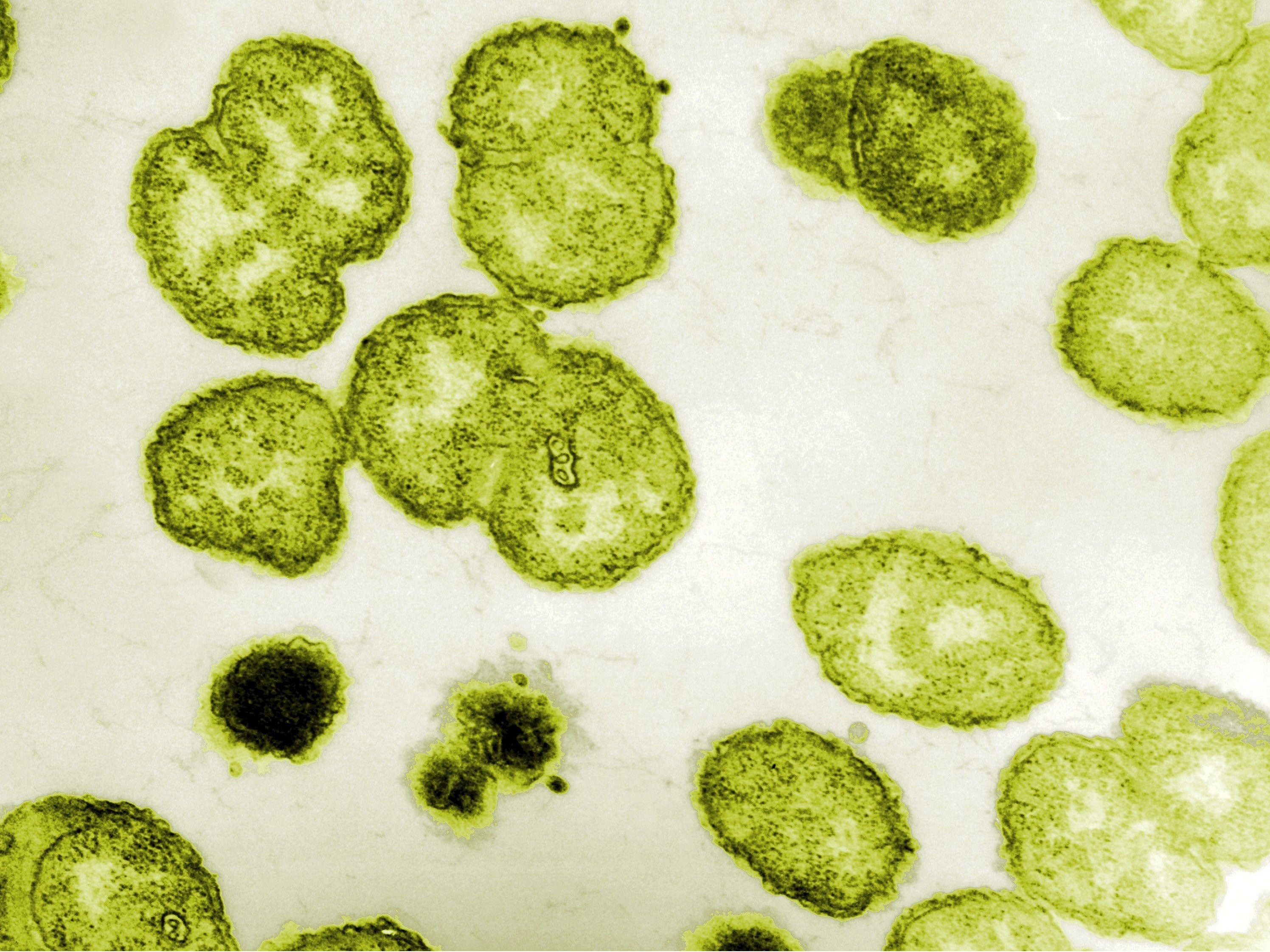New drug resistant strain of STD gonorrhea found in Australia
Gonorrhea has gradually become more resistant to antibiotics over the past three decades

A new strain of the sexually transmitted disease (STD) gonorrhoea which is resistant to a range of antibiotics has been identified in Australia.
Known among scientists as A8806, the strain was discovered late last year in a European woman who was travelling in Australia. After she had sex with a new partner, she noticed she had unusual vaginal discharge a week later, and was diagnosed with the STD.
Scientists who analysed the bacteria which infected her discovered that it was resistant to three antibiotics: penicillin, ciprofloxacin and ceftriaxone. Instead, doctors had to treat her with a cocktail of ceftriaxone and another antibiotic before she was cleared of the disease two months later.
Experts warned the study suggests that ceftriaxone may soon no longer be an effective treatment for gonorrhoea.
Gonorrhoea is caused by the Neisseria gonorrhoeae bacteria, and can be transmitted via unprotected sex, including oral. While some people show symptoms such as yellow or green discharge from the penis or vagina, 1 in 10 men and almost half of infected women do not show any signs of having the disease.
For around thirty years, strains of gonorrhoea have become more resistant to antibiotic drugs, meaning patients are left with fewer and fewer options
Researchers are now concerned that they do not know how common A8806 is, and whether it has spread to other countries in the world, David Whiley, an infectious disease researcher at the Queensland Children’s Medical Research Institute in Brisbane who worked with the European traveller.
“Compared to the rest of the world, Australia has very good gonorrhoea surveillance, and this is likely [a] key to us actually finding this strain here,” Whiley, who co-wrote the report with his colleagues, told Live Science.
“Our main concern is that it is quite possible that the strain is spreading in populations outside of Australia but is not being detected.”
The report published in the ‘New England Journal of Medicine’ also revealed that the A8806 has some genetic overlap with H041, another drug-resistant strain of gonorrhoea which was discovered in a sex worker in Japan 2009.
Addressing the waning success of ceftriaxone, Whiley added: “The history of gonorrhoea resistance tells that once the first signs of resistance to an antibiotic begin to emerge, then it is generally not very long before such resistant strains become widespread.”
But he added that while A8806 may be resistant to certain doses of antibiotics, the drugs may still work for people who contract the strain. However, the drug is “likely” to be resistant to the drug in some cases.
Subscribe to Independent Premium to bookmark this article
Want to bookmark your favourite articles and stories to read or reference later? Start your Independent Premium subscription today.

Join our commenting forum
Join thought-provoking conversations, follow other Independent readers and see their replies